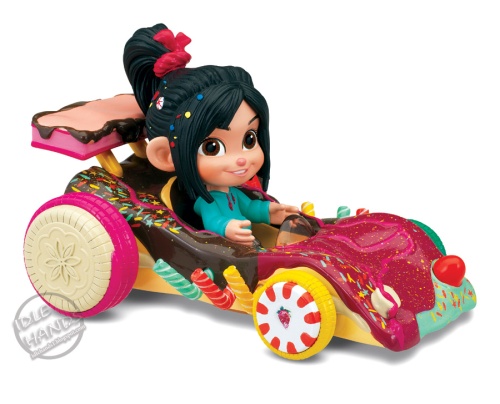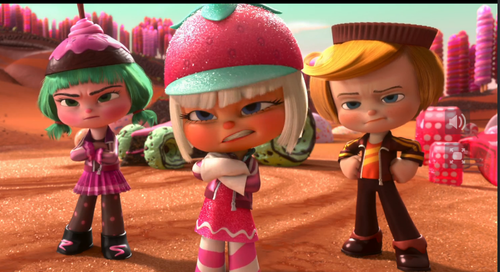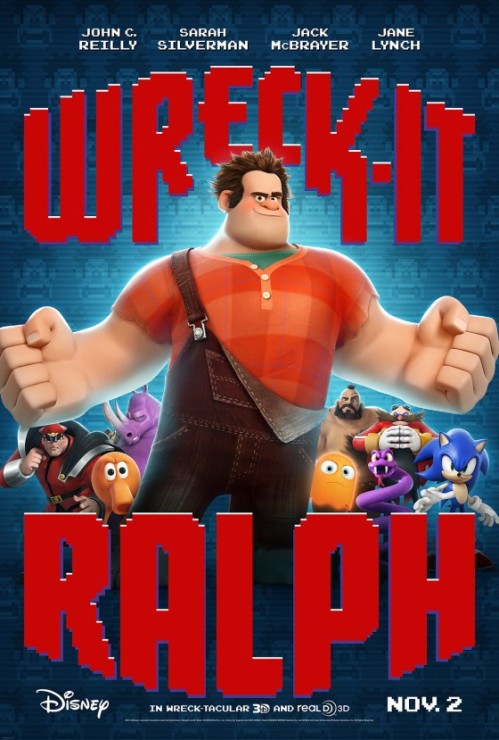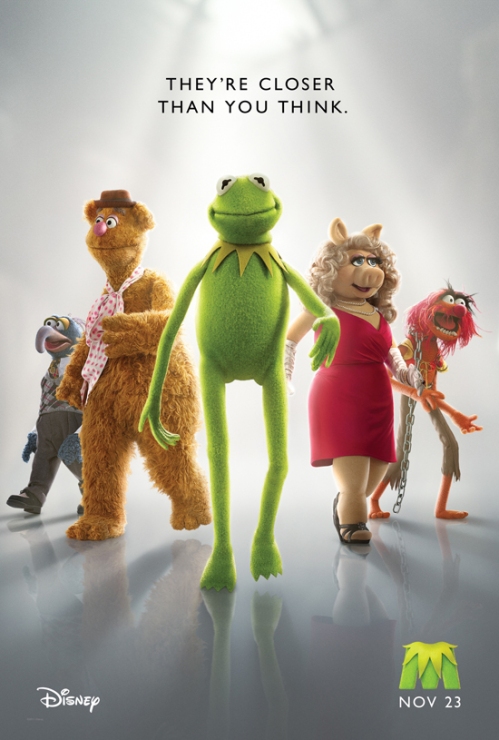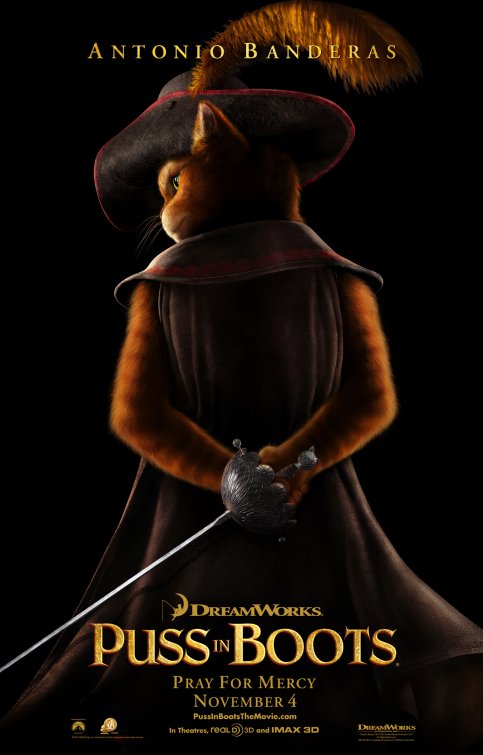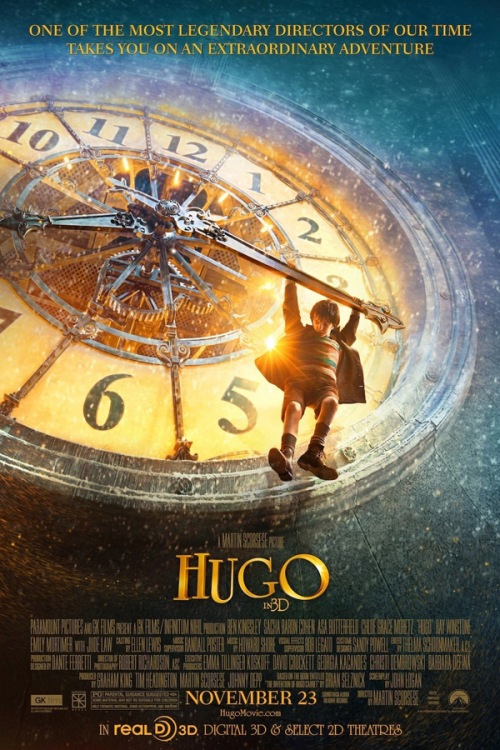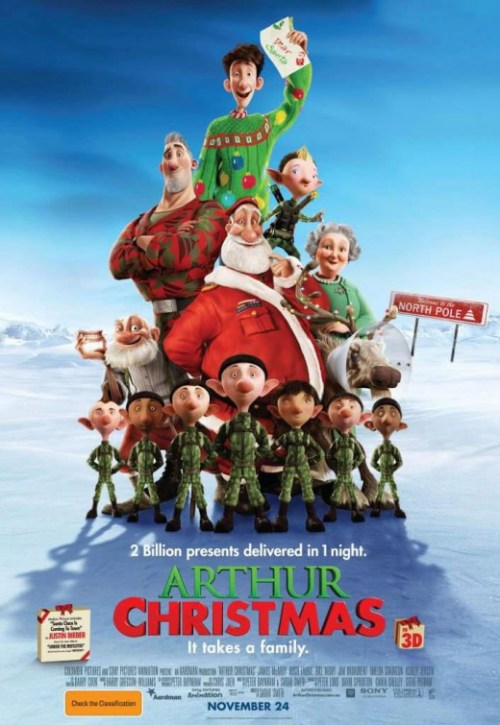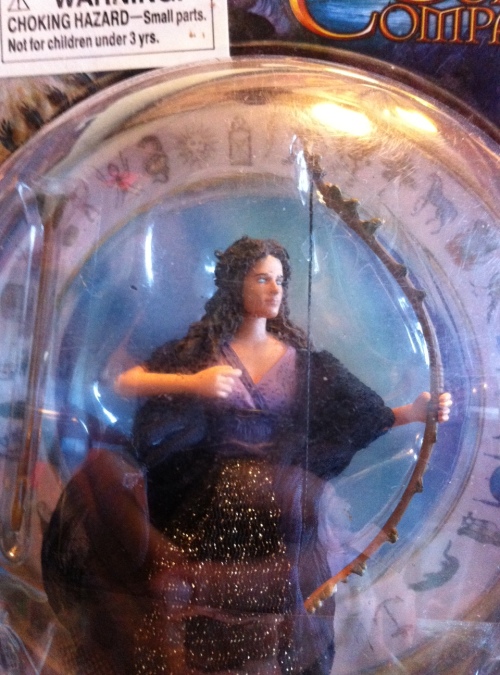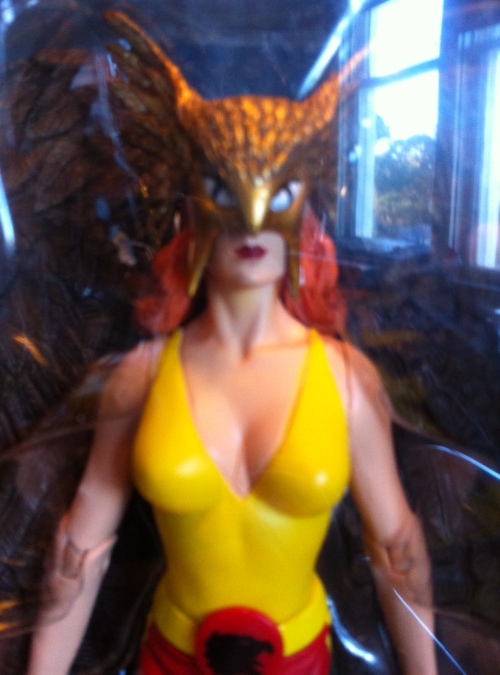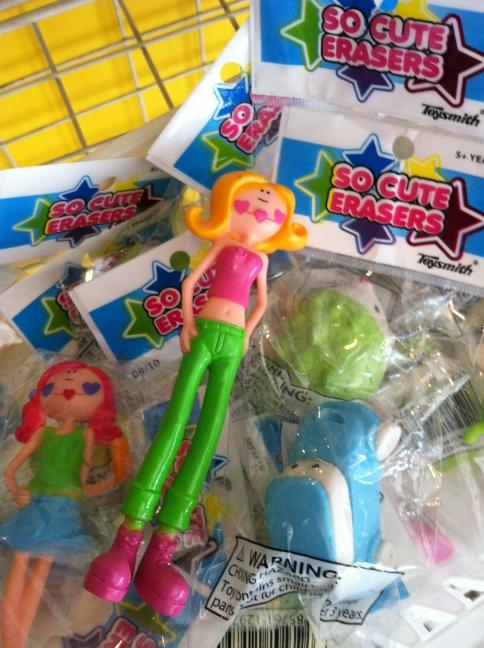Michael Calleri, a freelance writer who was reviewing movies for the Niagara Falls Reporter, couldn’t figure out why some of his reviews made it to publication while others didn’t.
In the Chicago-Sun Times, Calleri writes:
I emailed the owner again asking for guidance. Why were some reviews making it onto the web and not others? I got my answer in the form of an email that is so shocking, it seems to come from another galaxy, an evil one. What dark void produced what you are about to read is anyone’s guess. What causes a male human being to so rigidly hate the opposite sex that he fears not only the power of women, but also the power of movies…Below is the email I received, exactly as written. It came after a series of phone calls and emails in which I was seeking answers. The initial email in this series was sent by me with the subject line: “Actually, I need direction for Saturday.” The spelling and spacing and punctuation are exactly as written to me by the publisher. In his email, he references the films “Snow White And The Huntsman” and “Headhunters,” which he calls “Headhunter.” Here’s the email:
Michael; I know you are committed to writing your reviews, and put a lot of effort into them. it is important for you to have the right publisher. i may not be it. i have a deep moral objection to publishing reviews of films that offend me. snow white and the huntsman is such a film. when my boys were young i would never have allowed them to go to such a film for i believe it would injure their developing manhood. if i would not let my own sons see it, why would i want to publish anything about it?
snow white and the huntsman is trash. moral garbage. a lot of fuzzy feminist thinking and pandering to creepy hollywood mores produced by metrosexual imbeciles.I don’t want to publish reviews of films where women are alpha and men are beta.
where women are heroes and villains and men are just lesser versions or shadows of females.i believe in manliness.
not even on the web would i want to attach my name to snow white and the huntsman except to deconstruct its moral rot and its appeal to unmanly perfidious creeps.
i’m not sure what headhunter has to offer either but of what I read about it it sounds kind of creepy and morally repugnant.
with all the publications in the world who glorify what i find offensive, it should not be hard for you to publish your reviews with any number of these.
they seem to like critiques from an artistic standpoint without a word about the moral turpitude seeping into the consciousness of young people who go to watch such things as snow white and get indoctrinated to the hollywood agenda of glorifying degenerate power women and promoting as natural the weakling, hyena -like men, cum eunuchs.
the male as lesser in courage strength and power than the female.
it may be ok for some but it is not my kind of manliness.
If you care to write reviews where men act like good strong men and have a heroic inspiring influence on young people to build up their character (if there are such movies being made) i will be glad to publish these.
i am not interested in supporting the reversing of traditional gender roles.
i don’t want to associate the Niagara Falls Reporter with the trash of Hollywood and their ilk.
it is my opinion that hollywood has robbed america of its manliness and made us a nation of eunuchs who lacking all manliness welcome in the coming police state.
now i realize that you have a relationship with the studios etc. and i would have been glad to have discussed this in person with you to help you segue into another relationship with a publication but inasmuch as we spent 50 minutes on the phone from paris i did not want to take up more of your time.
In short i don’t care to publish reviews of films that offend me.
if you care to condemn the filmmakers as the pandering weasels that they are…. true hyenas.
i would be interested in that….
Frank
I feel about Frank kind of the same way I felt about Paul Ryan during the VP debate. Sickened but also relieved. At least the guy is honest. There it is in a nutshell.
I don’t want to publish reviews of films where women are alpha and men are beta.
where women are heroes and villains and men are just lesser versions or shadows of females.
It is pretty funny that Frank acts like Hollywood is some bastion of feminism. The men who run Hollywood, actually, have a great deal in common with Frank. A lot of parents, unfortunately, do as well. So when the heads of Disney shrug and say to the LA Times, with no shame at all, that boys just won’t see movies about girls and there’s nothing they can do about the preference of tots, don’t buy it. The problem here is not the five year old population.
